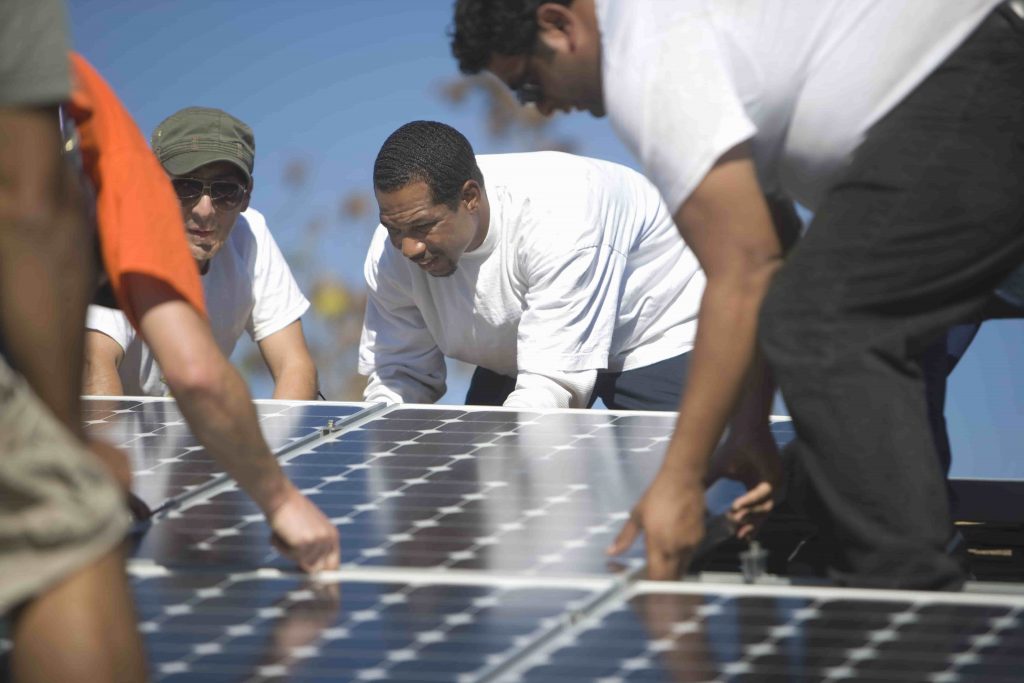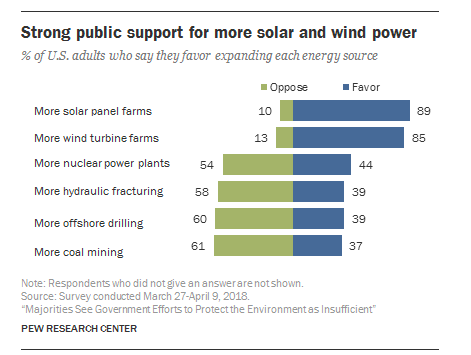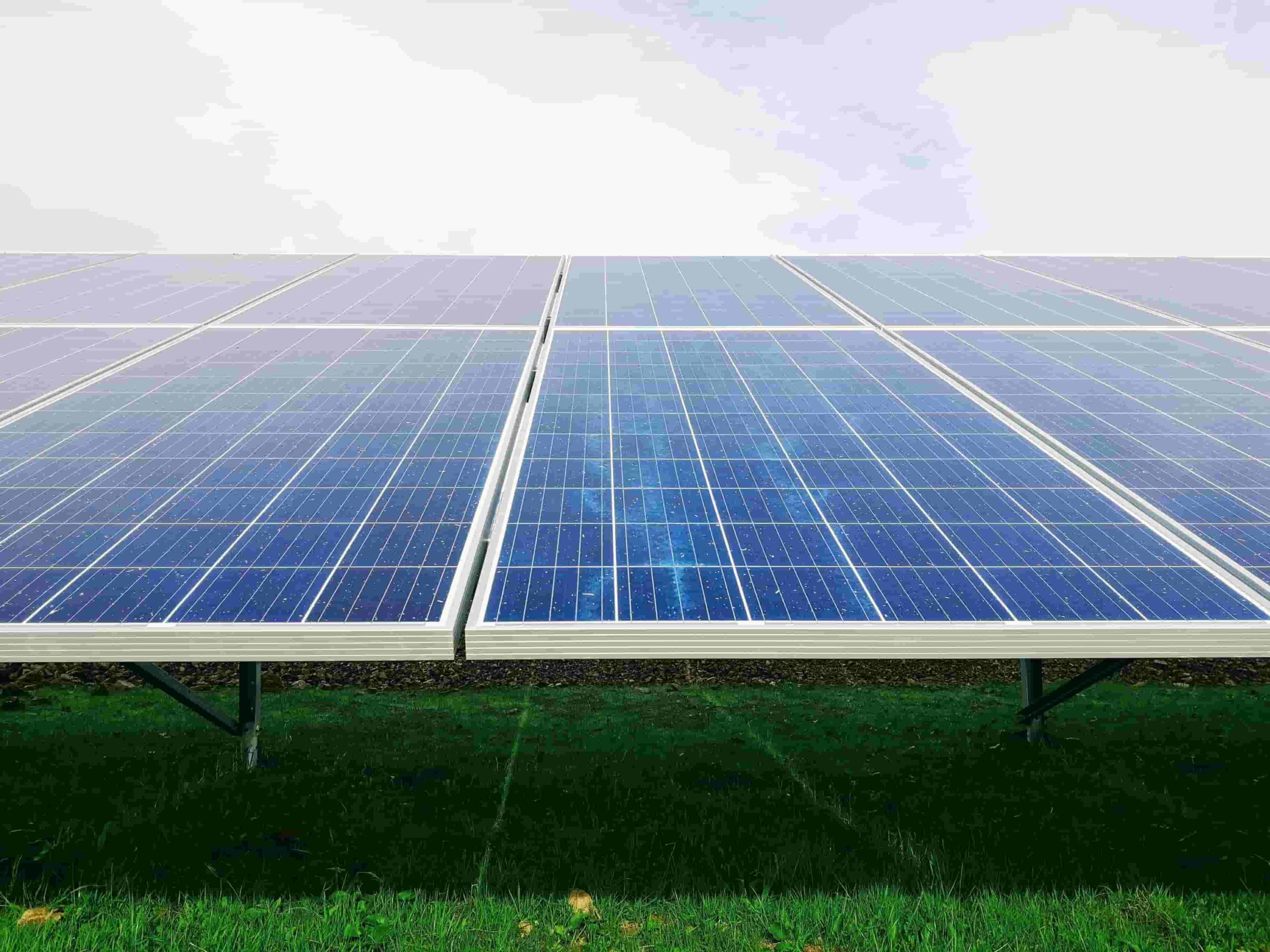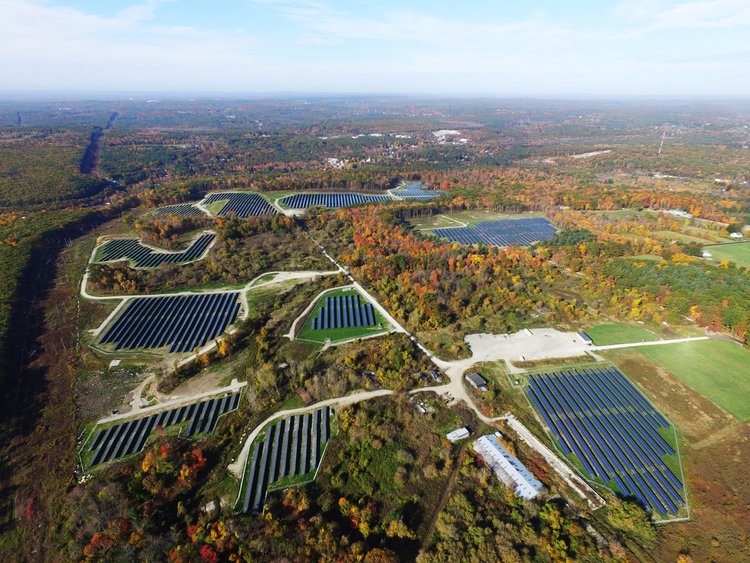44 solar energy statistics that reveal just how quickly solar is growing–and what kind of impact it’s having on the American environment and economy.
Table of Contents
The Fundamental Solar Energy Stats
- As of the end of 2018, the U.S. had 64.2 GW of installed solar–enough to power 12.3 million American homes.
- Solar energy accounts for 1.6% of total U.S. electricity generation.
- The US. installed 10.6 GW of solar in 2018 alone.
- Solar has ranked either first or second in capacity added to the U.S. electric total every year since 2013.
- There are over 1.47 million solar panels in use across the contiguous 48 states, according to satellite machine learning from researchers at Stanford.
- American solar power offsets over 70 million metric tons of carbon dioxide every year, which is like planting almost 1.2 billion trees.
- Big oil giants are going solar–they made 109 deals with solar firms between 2002 and 2017, according to Money Morning (using data from Bloomberg New Energy Finance).
- The average U.S. residential solar installation is about 5KW, or around 20 panels.
- Solar Star, America’s largest solar farm, produces 579MW alone, and is 4 times the size of Central Park.
- Approximately 2,500 MW of utility-scale solar is under construction right now.
Solar Jobs
11. “Solar photovoltaic installer” is the fastest-growing job in America.
12. America has over 242,000 solar workers – more than the coal, oil, and natural gas industries combined!
13. The fastest-growing solar job market in 2018? Kansas–at 66% growth over 2017!
14. Puerto Rico beats all 50 U.S. states in percentage of solar jobs held by women at 45.1%.
15. The State of California alone accounts for 38.9% of U.S. solar capacity and 31.7% of solar jobs.

Cost & Efficiency
16. The price of solar has fallen over 70% since 2010.
17. Solar panel efficiency has increased from 6% in 1954 to over 40% on high-efficiency panels today.
18. Building new solar power plants can be up to $10 per MWh cheaper in some cases than continuing to run existing coal plants.
19. Most solar panels have 20-year warranties, but many of the earliest-installed panels are still working 40 years later at 80% efficiency or more.
20. 90-97% of a decommissioned solar panel’s materials can be recycled or sold.
Survey Results & Pledges
21. 58% of people who have installed solar panels list the fact that “solar panels are clean and do not contribute to climate change” as a motivation for doing so.
22. Even more (59%) list saving on their electricity bills as a motivation.
23. 89% of Americans support more solar farms.
24. 235 mayors representing all 50 states have signed Environment America’s “Mayors For Solar Energy” letter.
25. More than half of Americans (52-57%) in America’s most coal-reliant states say they would be willing to buy solar panels if they could recover the investment in 5 years.

Community-Scale Solar Stats
26. More than three quarters of Americans still can’t install solar panels on their own roof
27. 43 states have at least one community solar project online, allowing households to access the benefits of solar power without installing panels on their roof.
28. 3 of the 4 states currently leading on community solar receive among the least sunshine in the county – showing that solar still works in cloudy climates.
29. U.S. community solar capacity has more than quadrupled since 2016, increasing from more than 300 megawatts to 1,387 megawatts today (enough to power about 266,000 homes)
30. 12 states and Washington, D.C. have developed (or are developing) programs to make solar more accessible for low-income populations.
31. GTM Research projects over 650 MW of community solar will be installed in 2021
32. Of that new community solar capacity, almost half is projected to be led by utilities themselves.
33. Researchers estimate that floating solar farms installed on 24,000 man-made reservoirs (and occupying just about a quarter of the space of each reservoir) could supply about 10% of the country’s electricity.
34. But right now, the U.S. is currently operating just 7 floating solar farms.
35. A GTM report finds community solar could grow 20-30 times by 2030.
The Power of Solar Energy
36. The sun produces enough energy every second to cover earth’s needs for 500,000 years.
37. Of that energy, enough power reaches the earth in one hour to power all of society for a year.
38. Based on average solar production across the U.S., it would take about 21,250 square miles of solar panels to meet the country’s electric needs. That’s about 0.5% of American land, and about half of the 40,223 square miles leased by oil and gas.
39. 40% of total U.S. electricity could be supplied by solar on rooftops alone, according to NREL.
The Average American Home Going Solar for a Year is Like:
40. Avoiding adding more than 12,500 pounds of carbon dioxide to the atmosphere.
41. Growing 122 tree seedlings for 10 years.
42. Not burning over 8,000 pounds of coal.
43. Driving about 18,000 miles less.
44. Not charging 937,683 smartphones. *Based on the EPA’s Greenhouse Gas Equivalencies Calculator.





